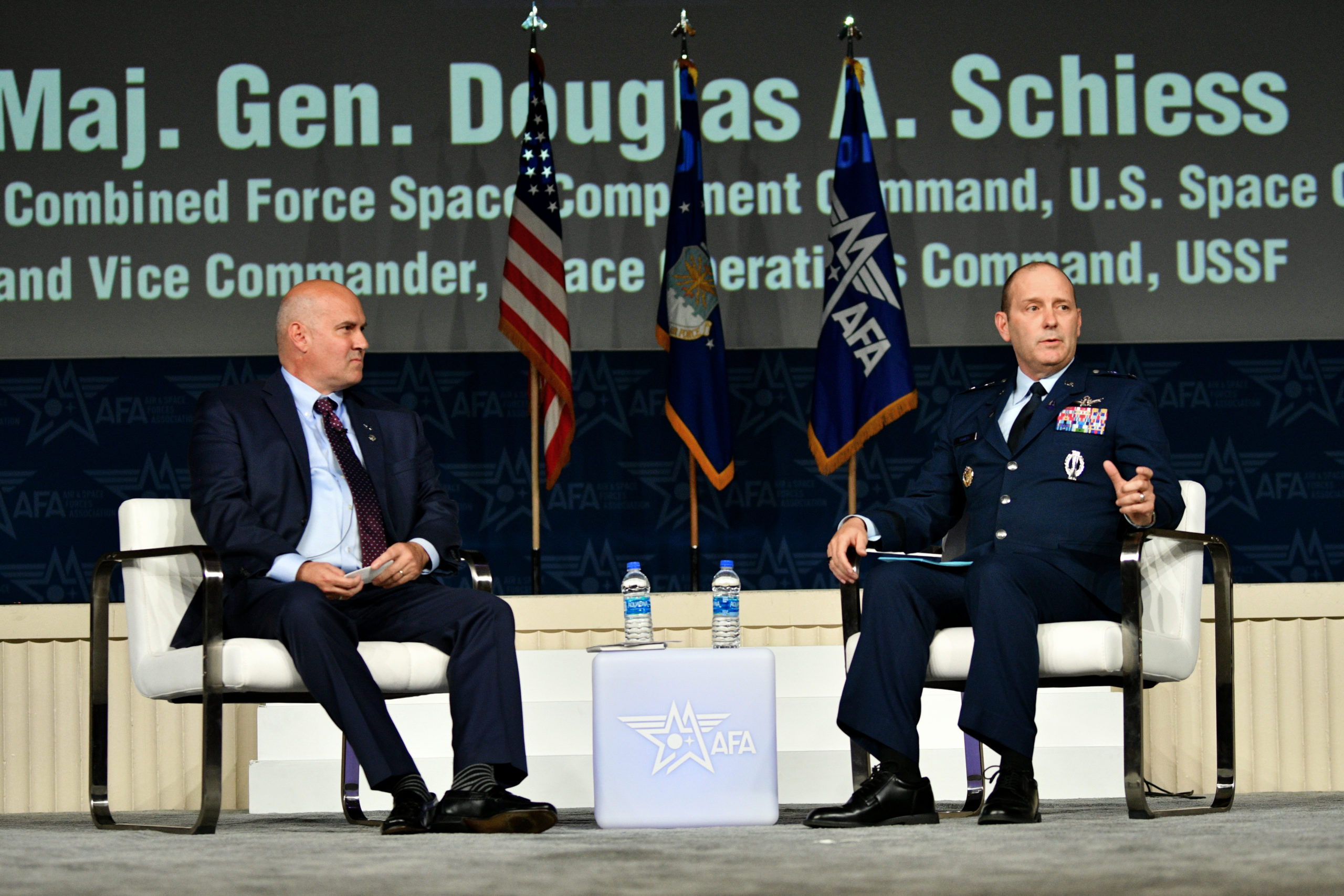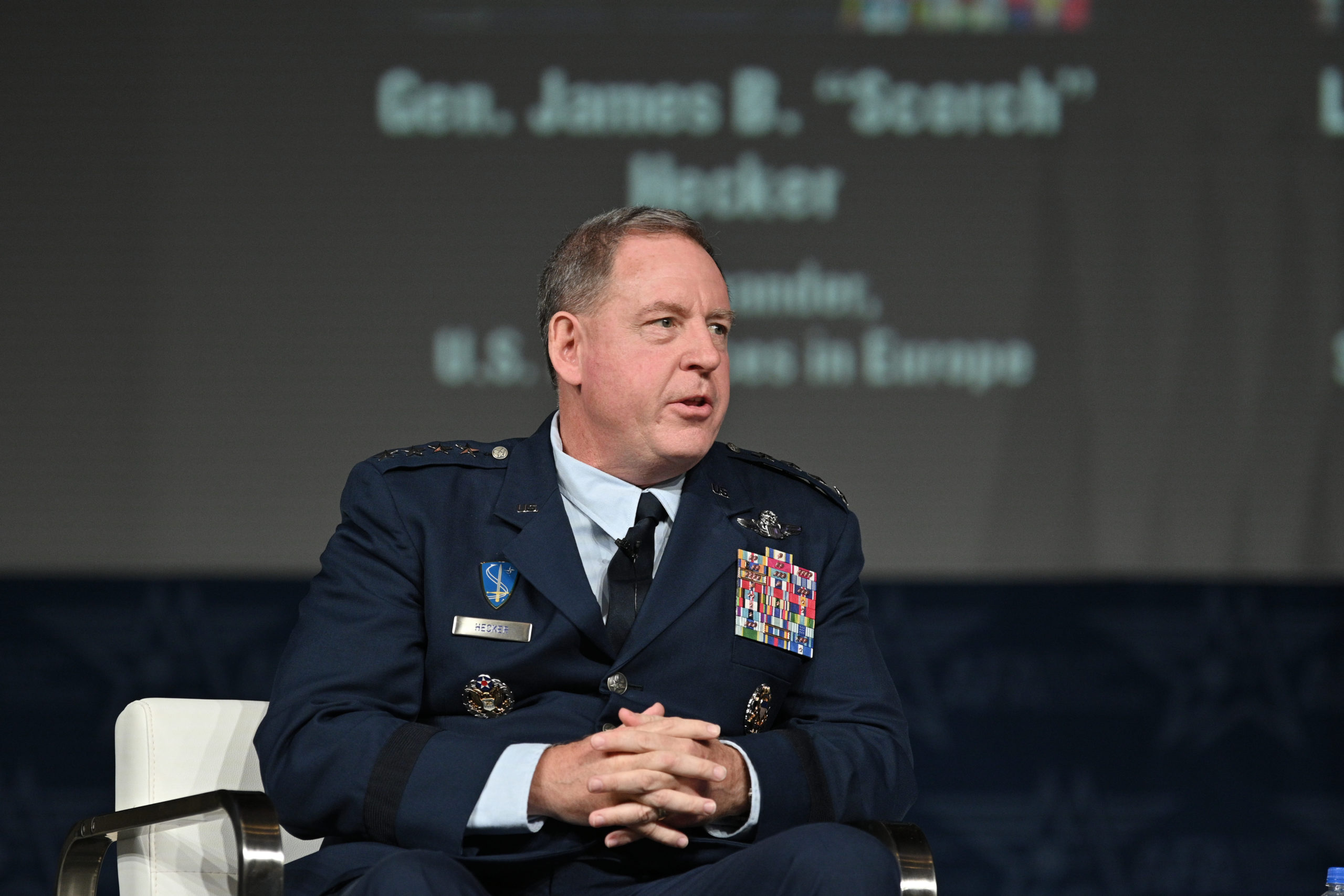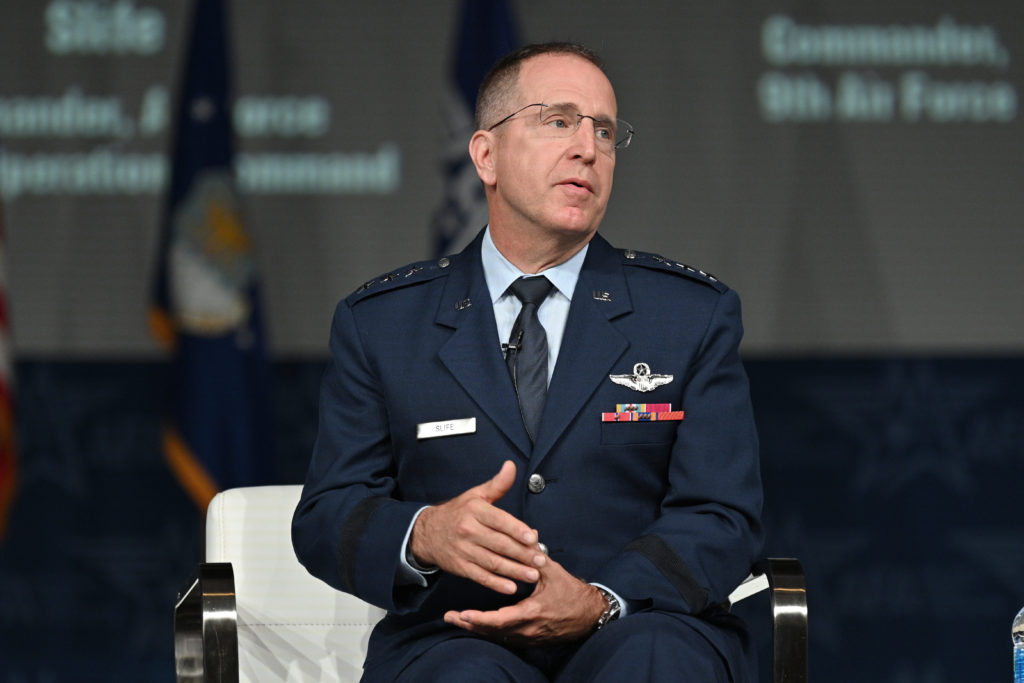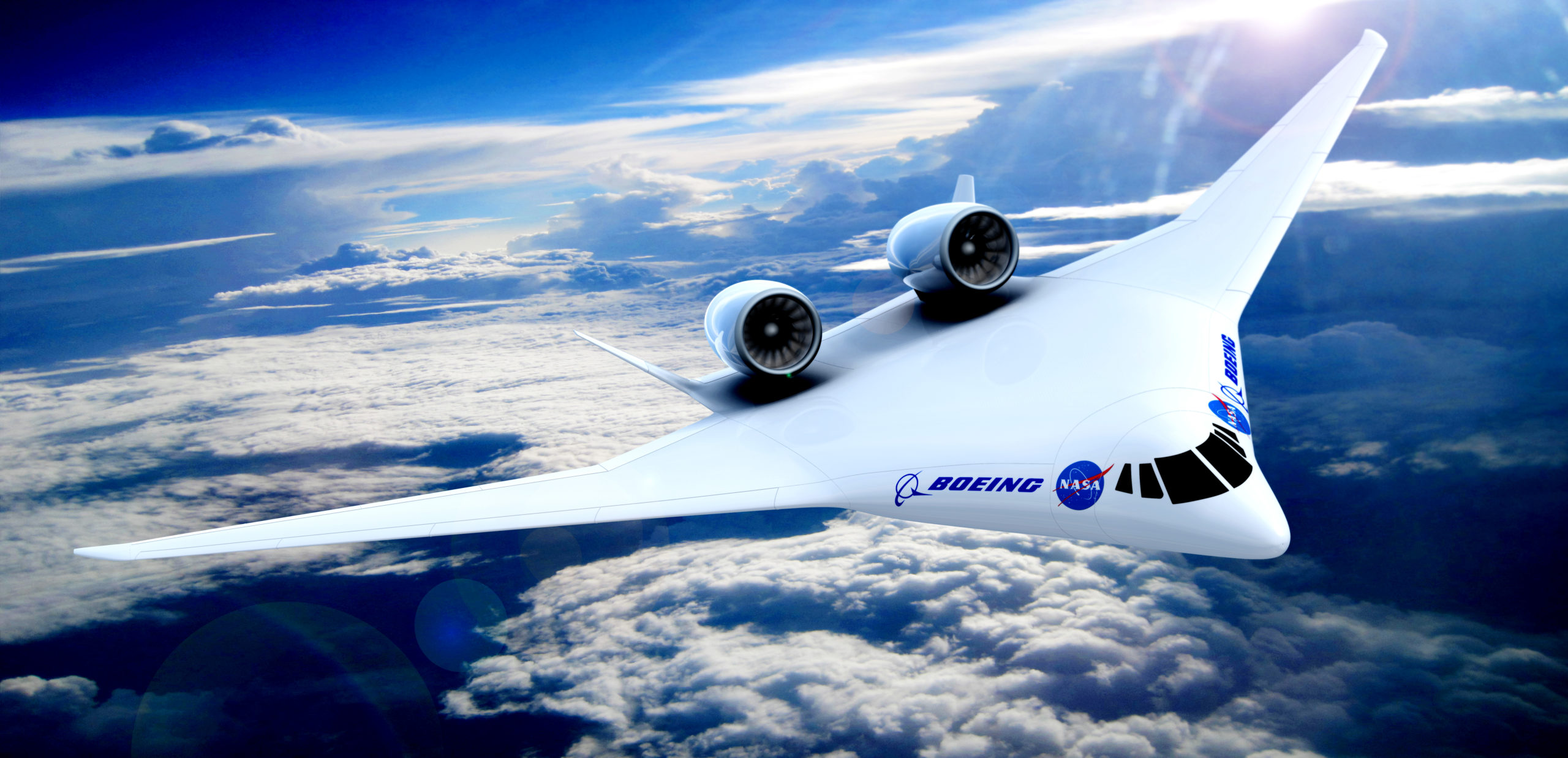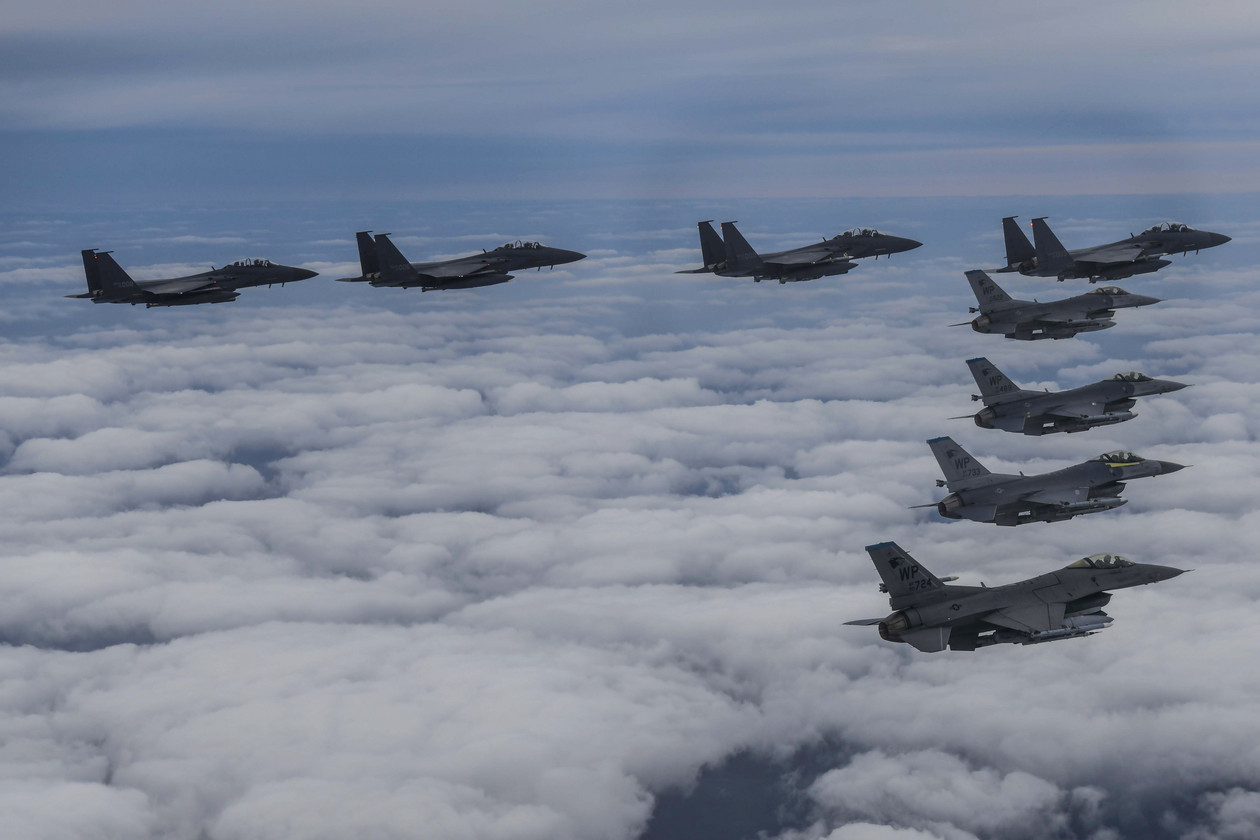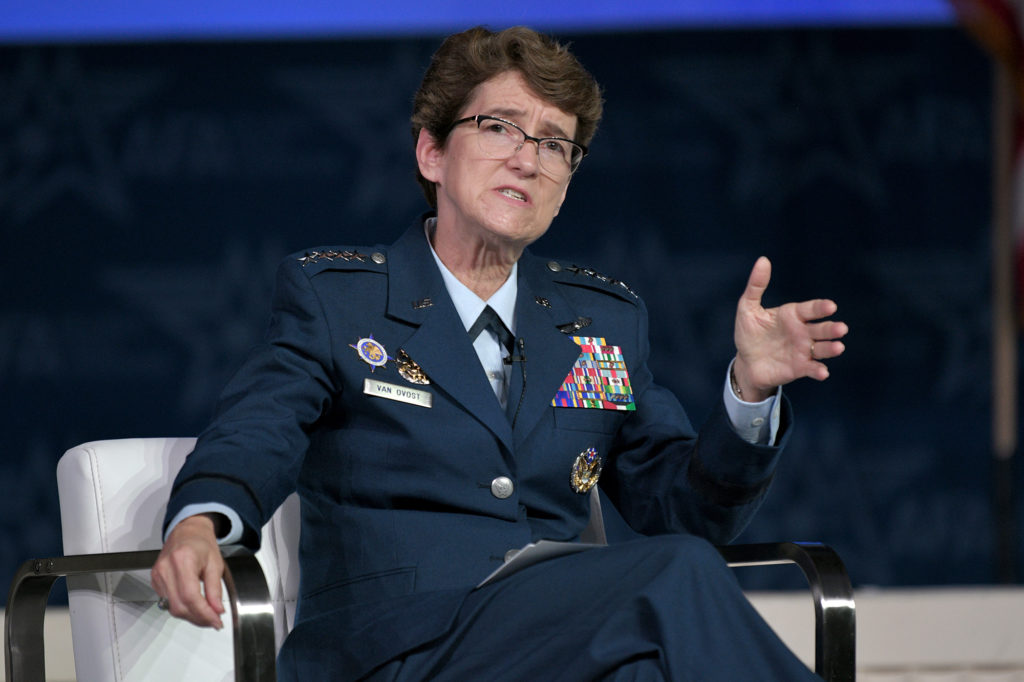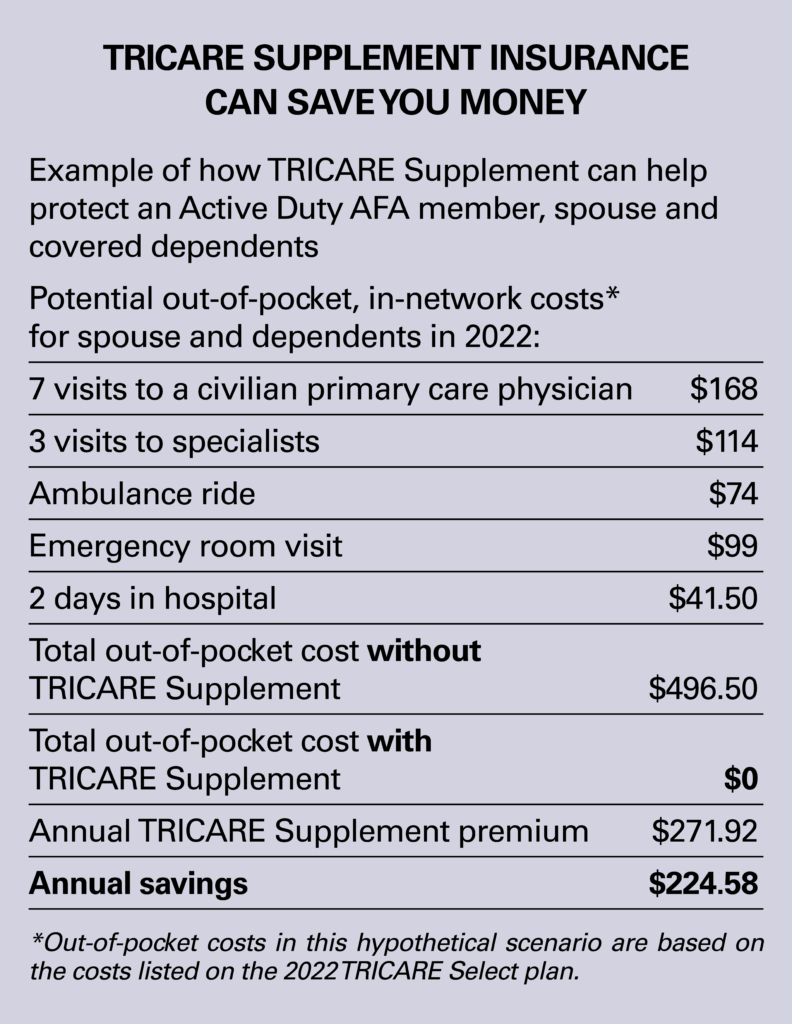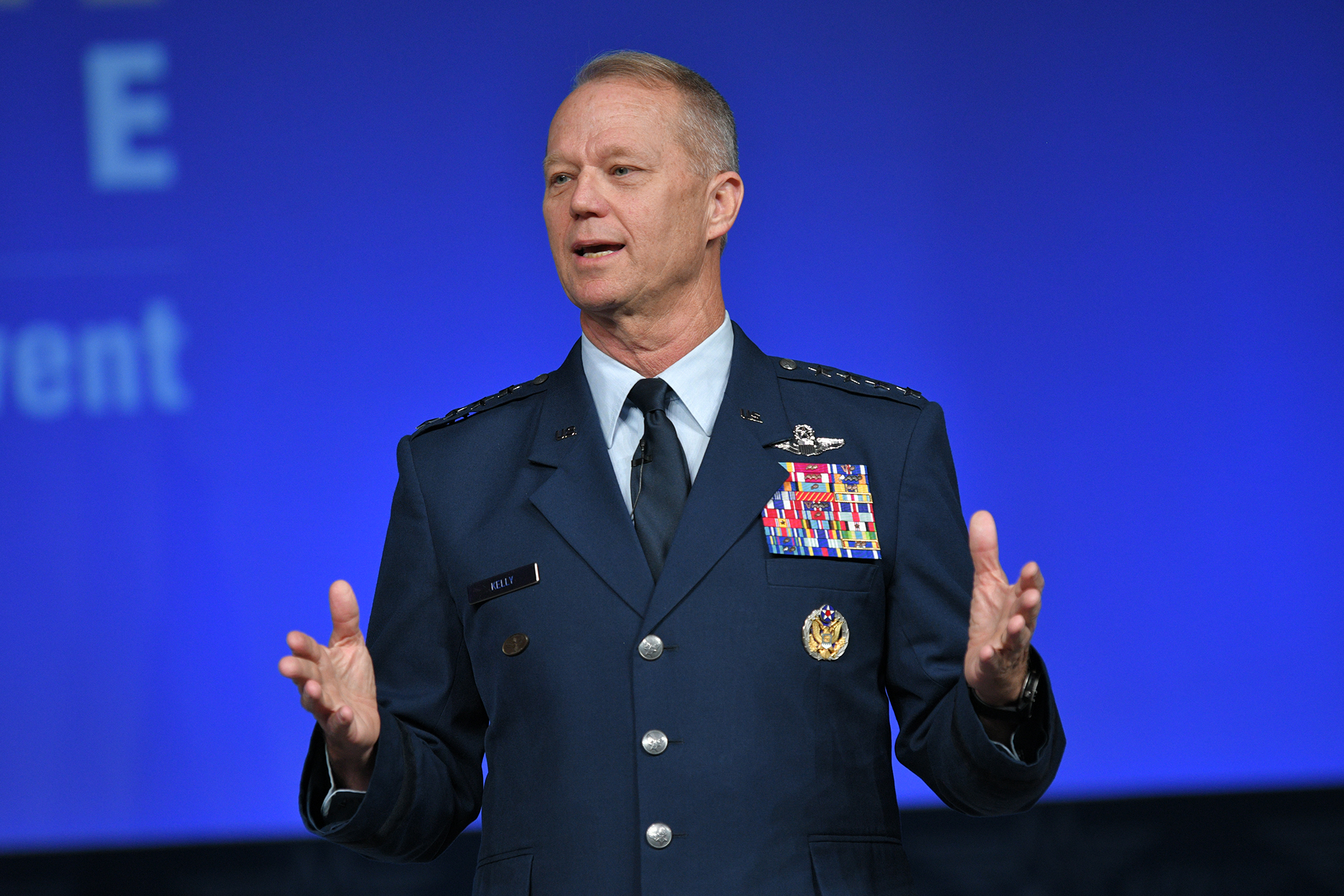A solid-fuel-powered ramjet missile—a joint venture of the U.S. and Norway—passed a number of tests in August that included achieving speeds in excess of Mach 2 and increasing range, the Pentagon revealed. The technology could be applied to a new kind of hypersonic propulsion as well.
The Tactical High-speed Offensive Ramjet for Extended Range (THOR-ER) “successfully fired several times,” demonstrating “robust” performance of the solid-fueled ramjet, the Pentagon said. The THOR-ER project has been underway since April 2020, with the goal of eventually developing hypersonic weapons.
A solid-fuel ramjet offers advantages over a liquid-fueled design because the plumbing and storage tanks—and associated weight and complexity—needed for fuel and oxidizer in the latter are not necessary. This is also more efficient than a solid-fueled rocket because a solid-fueled rocket must have oxidizer mixed into the propellant, while a solid-fueled ramjet uses oxygen in the ambient air to burn the fuel. The solid fuel is exposed to ambient oxygen in the combustion chamber and burns as it sublimates.
Versus a solid-fueled rocket, a solid-fueled ramjet, according to a hypersonics expert, “releases more energy” and can offer longer range.
“The trick,” he said, is the shaping of the fuel in the combustion chamber.
“If you start with a small hole,” such as a cylinder of fuel, “and burn outwards, the radius of the hole increases” as the fuel burns, “and thus, more fuel area is exposed,” increasing combustion. “That means thrust can increase in ways you might not want. So, more complicated geometries are often used.”
A solid-fuel ramjet also offers advantages in being storable for a longer period of time than a solid rocket and is safer to handle because it has no oxidizer and won’t explode, even if handled roughly, as long as the fuel isn’t exposed to air. A solid-fuel rocket with oxidizer mixed into the fuel is scarcely different from a bomb, the expert said. Solid fuel with oxidizer mixed in has “instabilities,” he said.
The tests were Aug. 17 and 18 at Andoya Space Flight Center in northern Norway.
“The test vehicle fired several times, showing the viability of ramjet propulsion technology and demonstrating significant increases in effective range,” the Pentagon said.
The tests met program Phase 1 objectives such as demonstrating “new high-energy fuels, advanced air injection, and throttling methodologies which will be essential for mission-flexible [solid-fuel ramjet] systems of the future,” the Pentagon said.
In the first flight, on Aug. 17, the vehicle demonstrated performance “across a wide range of altitudes and speeds,” the Pentagon said. The second test, the next day, “focused on a high thrust flight profile.” The vehicles flew to burnout and went into the ocean. Telemetry and data obtained are being used to evaluate the system’s performance.
Heidi Shyu, the undersecretary of defense for research and engineering, commended the THOR-ER team “for their outstanding work weathering the pandemic environment, continuing the development of this significant propulsion technology, and promoting continued science and technology collaboration with our partners in Norway.”
The U.S. needs to work closely with its allies “to ensure our joint force has the most cutting-edge capabilities on the battlefield,” Shyu said.
A solid booster accelerated the test vehicle to speeds beyond Mach 2. The vehicle then transitioned to ramjet mode.
Stein Nodeland, executive vice president for propulsion at Nammo (Nordic Ammunition Company) called the flight phase “a resounding success” in that it demonstrated “stable flight, robust ramjet operation, and a high thrust-to-drag ratio.” The performance conformed with pre-flight estimates.
The vehicle demonstrated a “high-speed, long-range trajectory,” Nodeland said.
“This is a real milestone,” he said. “While not the first ramjet vehicle, it is the first modern ramjet, with a potential for a great improvement in range, time to target, and agility.”
Stephen Farmer, director for advanced concepts, prototyping, and experimentation at the Naval Air Weapons Center, said “we believe the SFRJ is going to be a game-changer for the U.S. Navy and our allied partners.”
The THOR-ER program is a collaboration of Shyu’s office, the Joint Hypersonics Transition Office, the Naval Air Weapons Center, Weapons Division, the Norwegian Defense Research Establishment, and Nammo.
The Air Force is developing two air-launched hypersonic weapons—one air-breathing, the other a boost-glide weapon—and the Army and Navy are collaborating on surface-launched boost-glide hypersonic weapons.

